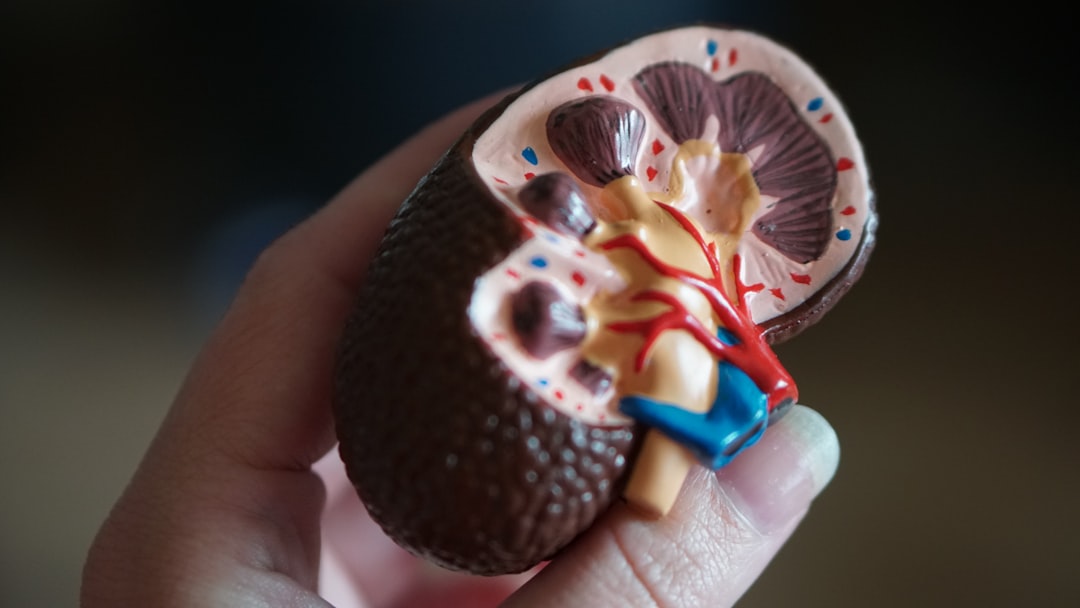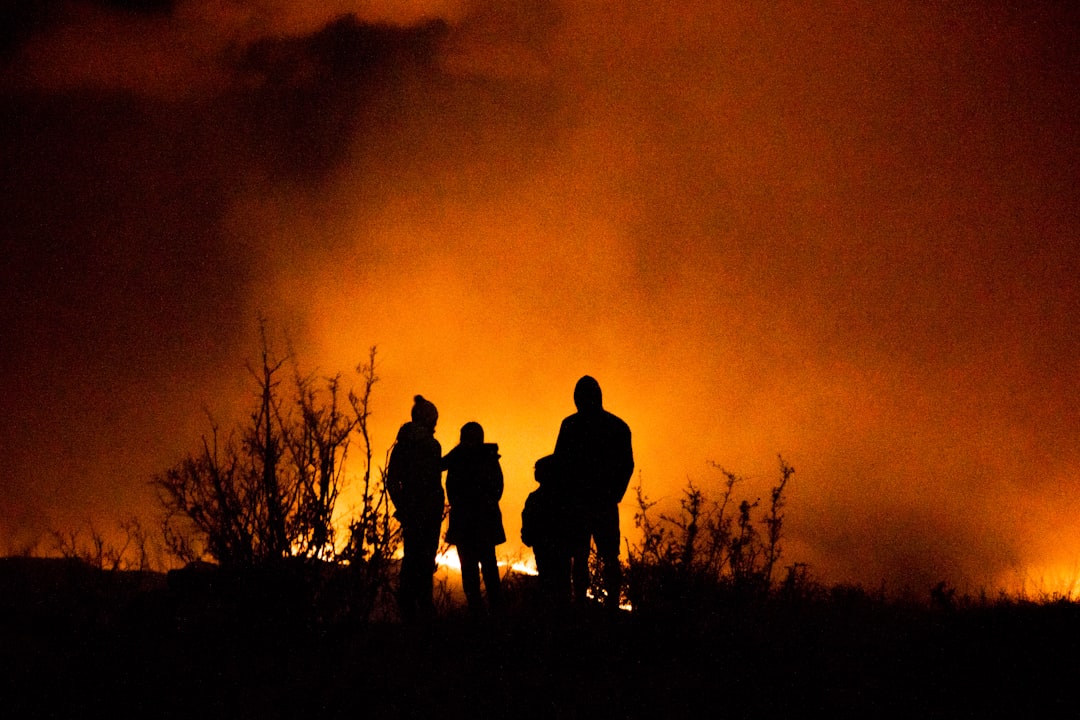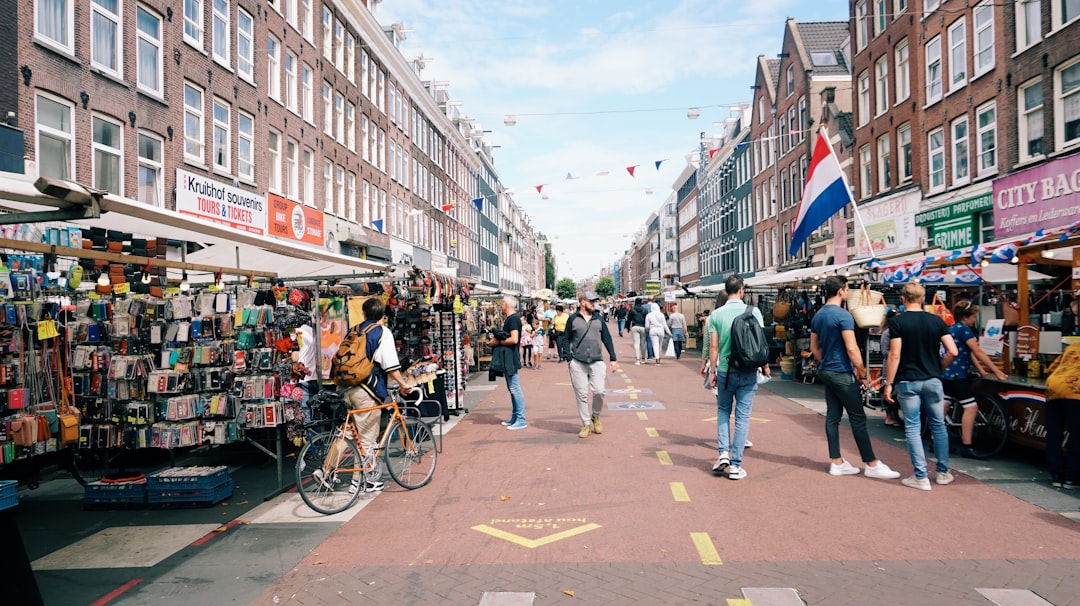What is it about?
A puzzle: micro level studies (i.e. watching individual people) tended to find nice big reductions in COVID transmission from masks, like 50%. But society-level studies found random results in [-2%, 40%]. Turns out that the proxy people were using was pretty weak. So we got a much much better proxy, using Facebook's reach to get 20 million data points on where and when people were actually wearing masks. We did a complicated regression model on 56 countries (not including treating the US states as countries), and checked it in 22 ways to make sure that our result wasn't just cherrypicking or a pure correlation. We find that masks can be confidently linked to a 6% - 43% reduction in transmission, where we can't really what the effect of mandates was. (For comparison, the difference between summer and winter is 42%, or the effect of all government interventions in the first-wave was about 80%.)
Featured Image

Photo by Ralph (Ravi) Kayden on Unsplash
Why is it important?
Previous work often used a bad proxy.
Read the Original
This page is a summary of: Mask wearing in community settings reduces SARS-CoV-2 transmission, Proceedings of the National Academy of Sciences, May 2022, Proceedings of the National Academy of Sciences,
DOI: 10.1073/pnas.2119266119.
You can read the full text:
Contributors
The following have contributed to this page










